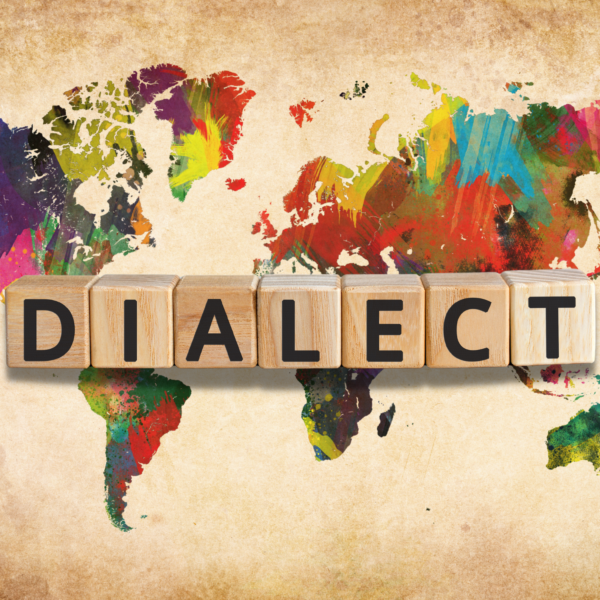Fast Translation: 3 Tips on Getting it Done Well

Yes, we all know how important quality is.
And yet, fast translation, and how to translate faster, are also always on our mind. Why? To keep up with our customers, and their fast-moving business world. We know how much planning goes into a product launch, sharing a copy of a legal document with a partner abroad, or simply communicating with an employee who does not speak English. But, sometimes, circumstances make us move faster than predicted.
How fast can a document be translated?
The short answer is, “it depends”. It depends on a number of factors. Chief among them are the volume for processing, the language combination, and the complexity of the original document. Generally speaking, a 200-word document about handwashing to be translated into Spanish will take a short time to translate. A 6,000-word clinical research document we need to translate into Norwegian will take much longer.
As you can imagine, a human translator can only type so fast. If you enter the actual process of converting text from one language to another, including research and quality checks, you will conclude that it actually is a pretty time-consuming activity.
But wait, before you give up on professional services and paste your text into Google Translate (read why that is a really bad idea HERE), read along a bit more. Here are 3 tips for you to get an outstanding and fast service without compromising quality:
Tip #1: Leverage Previous Work for Faster Translation
Do you have previously translated content that is on a similar topic or contains terminology that is closely related to your current document? If so, provide this to your Language Services Provider.
Ideally, they will be able to leverage your previously completed project to pull out relevant terminology, or even “load” the older original and corresponding target language version into their CAT (Computer Assisted Translation) system.
This process, called “alignment”, results in an increased chance of re-using previously completed work. In other words, not all phrases in your current document may need translation. The end result is a faster processing time.
Tip #2: More Minds = Greater Capacity = Faster Results
Unless your document resembles Shakespeare or a document of great stylistic value, consider asking your vendor to use multiple translators. It is easy to split a document into even, logical parts, and instead of one translator and one reviewer, utilize the minds of several translators. Together, they will complete the work much faster.
And how can you make sure that the final product reads as cohesive as possible? For best results, all translators need to work in one online CAT tool so that they can benefit from the results of each other’s work in real-time. Second, one Linguistic Reviewer is better than two or more. That way, he or she can unify the style of several translators during the review process.
Tip #3: Technology for the Fastest Result
Machine translation with (human) post-editing is, hands-down, the fastest way to process translation. However, let’s discuss what is we mean by Machine Translation here. Machine Translation, for our purposes, means translation processing using a paid, and, preferably trained, machine translation engine. This excludes the use of any free, online translation resources such as Google Translate.
Machine translation is inexpensive and happens practically instantaneously. And, it might be the only step in your workflow, but only if you simply need to know “what the document says”. In other words, for an internal-only, information-only translation, machine translation may be good enough.
But if your document will see the light of day outside your own computer, it will need humans to finish and polish it. This process is called Machine Translation Post-Editing. If the machine translation output is fairly good, a translator will need only a fraction of the time for post-editing that would be needed for translation from scratch.
Having a Fast Translation Plan is Ideal
The ideal way to go about high-quality, professional translation, is to plan for it. We translate enormous volumes of data for clients every day. But the key is that we have been able to plan for the daily workload, and have a trained team in place, along with the latest technology, to hit the tight deadlines day after day.
If you happen to face an unplanned scenario and you are the one asking “how fast can a document be translated”, one of the tips above might help. Remember, it is always best to have a translation service partner who has processes and relevant technology to increase processing speeds, quickly and efficiently.
Would you like to know more about the pros and cons of the different approaches to translation? Contact us here





